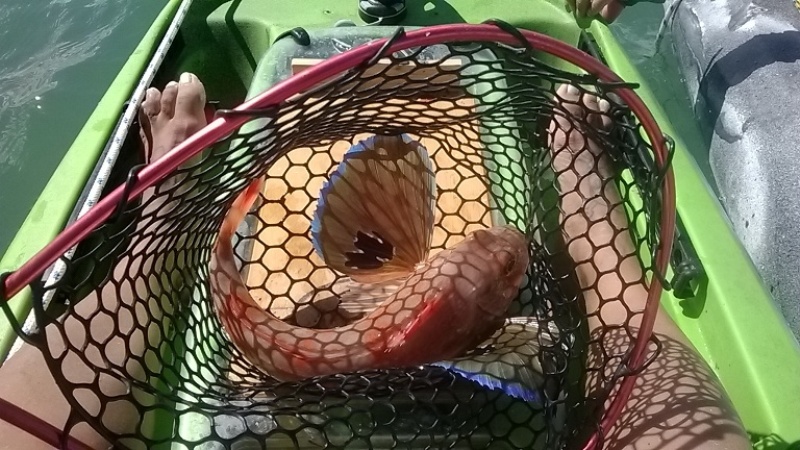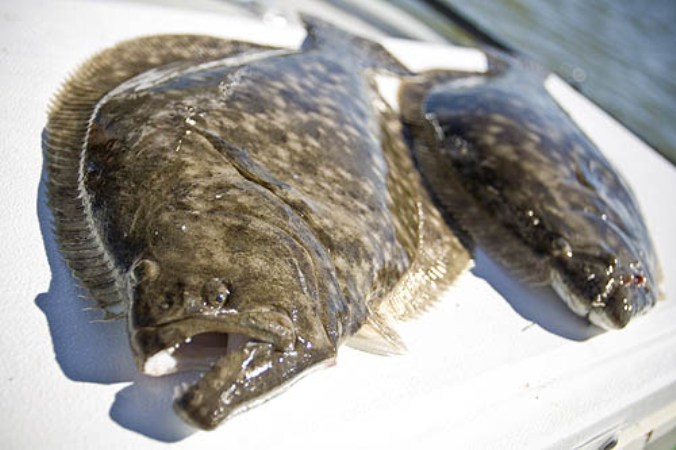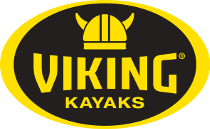How and where to catch popular table fish - tips and facts
10:38PM 18th Apr 14
Recently we asked what your favorite table fish is, below is some useful tips and facts on the top 5 species chosen by you..
John Dory, classed by many as the best eating fish in our waters.
How - A lot more John Dory would be caught if anglers targeted them, most are bi-catch when the John Dory swallows a small hooked fish. If your using berley while anchored there is a good chance there is a John Dory down below praying on the bait fish. Catch one of those live baits and set it down on or near the bottom, live baits catch JD…that said they also like a soft plastic or a jig…
Where – Most common North of Marlborough Sounds, John Dory can be found around all reef and weed areas where the JD can use camouflage to hunt by stealth. Around wharfs can produce good numbers of JD as they are praying on the bait fish in the area. Ocean beaches like in the Bay of Islands are a great place to find JD, look along the sandy stretches near rocks, find schools of piper, the JD will likely be hunting them from below
Gurnard -

How - Gurnard feed on the bottom, primarily digging for crustaceans, shellfish and worms. When the Gurnard are “on” there is little finesse needed, but it is not always like that & will usually require far more effort to score a bag of these great table fish. . In open water where Gunard are expected you can drift a normal dropper rig on the bottom until you get bites then drop anchor and fish that spot. Berley hard on the bottom will help attract and keep Gurnard in the area.
Gurnard love movement which explains why drift fishing is effective and why they will take a soft bait slowly jigged along the bottom while you drift. A very effective way to attract gurnard when drifting is to attach an extra flasher rig (preferably baited) to the sinker, the movement long the bottom will attract Gurnard.
Where – Caught all around the country except Fiordland. Sand & Mud bottoms are their domain and there are known areas of high population such as the Manukau Harbour, Hawkes Bay & West Coast of the North Island.
Blue Cod –
How - Some say the South Island Blue cod Taste better or different to the North Island Blue Cod, either way this is another great table fish. Blue cod will eat any cut bait and will also take a soft plastic. Fresh squid or slated bonito are good baits for cod as for soft plastic try them all, on the right day it won’t matter. South Island fishers often use long shank hooks or “cod hooks”, in the upper south Island larger hooks are typically used as are circle hooks
Where – Blue cod can turn up anywhere but the best place to catch them are the margins around reefs, weed and foul ground. In the South Island they are also caught in harbor entrances. In the North Island they are a regular catch south of a line though East Cape but less reliable further north.
Trevally –

How - They can turn up any time when bottom fishing with cut baits, will grab softbaits, flies and lures. When on the surface silver trevally will usually dis regard baits but sometimes take small flies and softbaits. Many big ones are lost due to the trevally’s soft mouth.
Where - Silver Trevally are primarily caught in the North Island and upper South Island. They can be found schooling on the surface chasing krill, in loose groups in shallow surface waters and on the bottom in depths up to 100m
Flounder -

How – Clearly the most effective way to catch flounder is with a set or drag net. The most exciting way is by spear at night. Flounder aggressively hunt crabs so it makes good sense that they will take small lures dragged across the bottom and even a well presented fly lure. Flounder will eat small baits such as crabs, worm’s maggots, shellfish and even corn and peas. A moving bait is best to attract the inquisitive flounder.
Where – Flounder are found all round the country, at times they will be in only a couple of meters of mm of water, while they range down to about 50m for yellowbelly and 100m for sand flounder.





